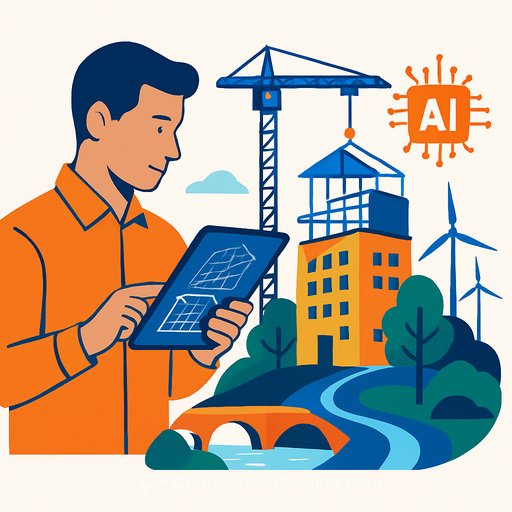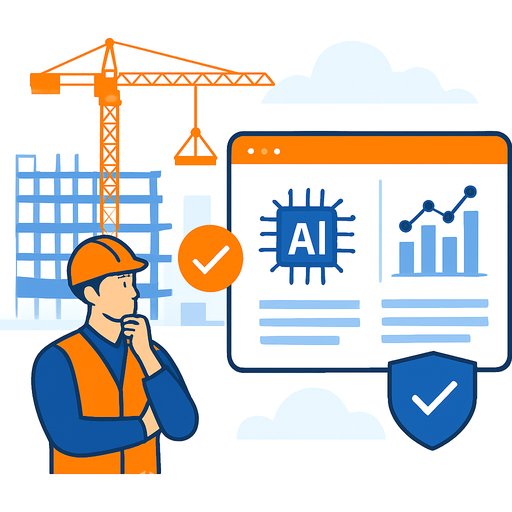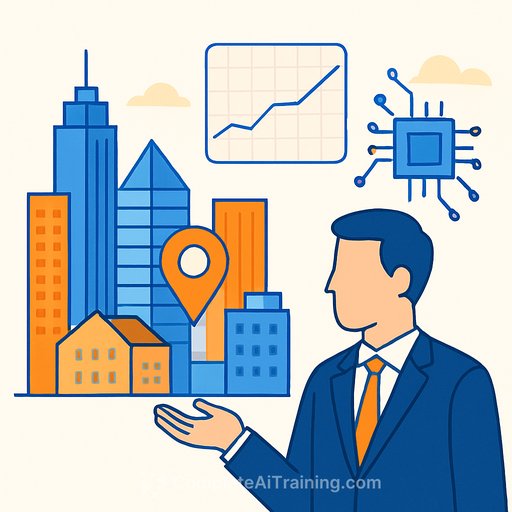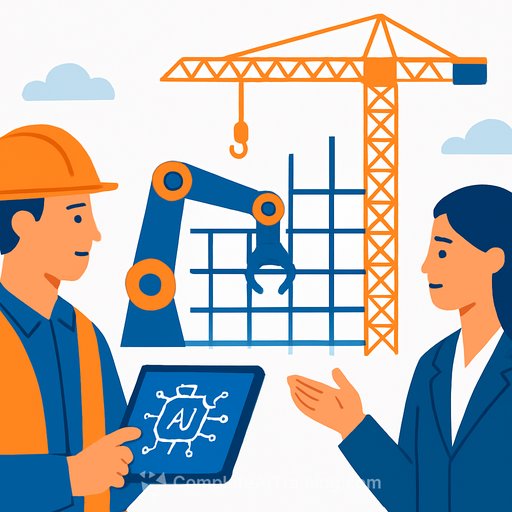Building Information Modeling (BIM) has become an essential tool for creating sustainable and resilient infrastructure. It allows architects, engineers, and builders to design, analyze, and manage projects using intelligent 3D models, making environmentally conscious decisions from the start. With BIM, project performance can be optimized throughout the entire lifecycle.
The integration of cloud technology created vast public databases accessible to professionals, but the addition of artificial intelligence (AI) has significantly enhanced BIM’s capabilities. AI leverages data from sensors, drones, and satellites to perform predictive analyses, study human movement, transportation patterns, hydrological flows, and climate changes. It can also detect design vulnerabilities by running seismic and climate simulations, enabling designers to build infrastructure ready for future environmental challenges.
Energy Simulations and Sustainability
BIM’s ability to conduct detailed energy simulations is one of its strongest sustainability contributions. Tools like EasySolar help analyze factors such as solar exposure, building orientation, and window placement, predicting energy consumption before building begins. AI improves this process by allowing instant adjustments, such as resizing windows to optimize heating and cooling needs. This precision supports achieving green building certifications like LEED.
Beyond energy, BIM provides precise material quantification down to individual pipes and fixtures. This helps reduce waste by ordering only what’s needed, addressing a major urban construction issue. AI further supports sustainability by recommending materials based on environmental impact and recyclability. These insights also facilitate prefabrication methods that cut down on-site waste and improve efficiency.
Water Management in Green Construction
Water management is a critical and dynamic aspect of sustainable building. BIM offers accurate quantification of plumbing components and can detect conflicts between water supply, drainage, HVAC, electrical, and structural systems early in the design phase. This reduces costly rework and delays during construction.
Designers can incorporate AI-driven recommendations for features like rainwater harvesting, greywater recycling, and low-flow fixtures, ensuring water efficiency is integral to the design. Dedicated AI-powered tools such as the DROP Rainwater Harvesting Design Software from the Sustainable Technologies Evaluation Program (STEP) support the optimization of these systems.
Indoor Environment and Health
Healthy indoor environments are supported by BIM’s ability to simulate natural daylight penetration and airflow, reducing the need for artificial lighting and ensuring proper ventilation. BIM also assists in selecting low-emission materials, promoting occupant well-being by minimizing exposure to harmful chemicals.
Designing for Resilience
In areas prone to typhoons and earthquakes, BIM is vital for resilient design. When combined with Geographic Information Systems (GIS) and AI, it enables multi-dimensional flood simulations. Designers can model building foundations, materials, and terrain together to plan for flood resistance, elevating structures or specifying materials that withstand harsh conditions.
The Department of Public Works and Highways (DPWH) in the Philippines used BIM and AI during the 2016 construction of the NLEx to SLEx Connector road. AI platforms from Bentley Systems applied four-dimensional (4D) construction modeling to simulate traffic flow at various stages, allowing project managers to plan road closures and detours that minimized disruption.
BIM also helped overcome challenges related to right-of-way and street traffic management, speeding up construction through clear visualizations. This technology allowed stakeholders to identify conflicts early, saving time, money, and preventing legal issues.
For professionals in real estate and construction, BIM combined with AI offers tangible benefits—improving efficiency, reducing waste, and supporting sustainable, resilient infrastructure development.
Your membership also unlocks:






